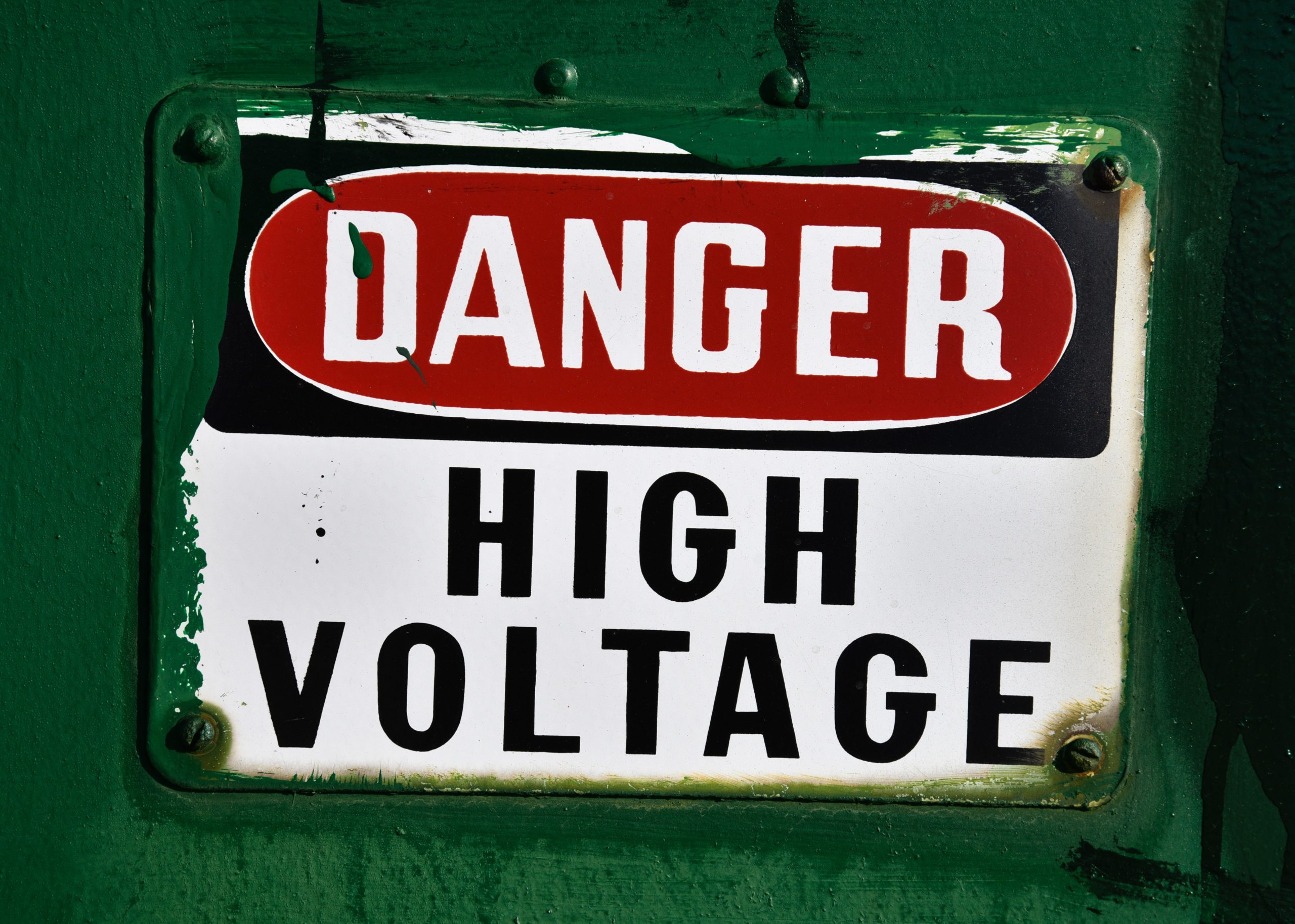Recently, New York City cracked down on construction sites – hard – and slapped a huge number of companies with violations for not adhering to safety ordinances. In total, about $15 million dollars has been brought in as a result of more than 20,000 unexpected visits from city inspectors.
These inspections have affected projects in all boroughs and has affected construction companies of essentially every size and specialty. The good news is that this has significantly cut down on the number of on-site accidents, by over 25%. However, on the other hand, it has also had devastating effects on these companies, as well as the individuals working for them.
In this article, we note some of the biggest consequences that you could face by being slapped with a construction violation. You may want to take a look at your existing work procedures to make sure that you avoid any of the following.
Huge fines
There are a number of different violations that you could be subject to. Inspectors will generally look for compliance with the most up-to-date regulations (make sure that you check what these are), that the correct scaffolding measures are in place, that all crane installation is in alignment with building plans, and that there are fall protection measures being met.
Construction companies could be liable for $25,000 if any one of these criteria are not met. And the fines will only go up from there. This could easily destroy a company’s profit margin or put them under altogether.
Stalled timelines
For more serious violations, safety inspectors have the right to shut down a job. As a result, your company may face additional fines for not fulfilling your existing client contract. At the very least, it will take time for you to correct any procedures that are not currently up to industry standards. This can mean days, weeks, or longer, that have not been accounted for in the project’s timeline.
Loss of staff
Stalled timelines can have drastic effects on your budget and profit margin – but it can also mean lowered retention rates. Many construction workers are paid on an hourly basis, which means that they cannot wait for the project to start back up again in order to receive a paycheck. By not meeting safety criteria, you risk having to re-staff your entire project.
What you need to do
First things first, it is imperative that you make sure that you have a safety coordinator on-site who has completed the required safety training – and has the certification to prove it. Make sure that you check your local requirements, as these may vary by location and job title. You also need to ensure that your staff is not just fully aware of these requirements, but are also complying with them. Doing so could save your business.
Photo by Ben Hershey on Unsplash









